How to Re-socialize a Cat After a Traumatic Experience
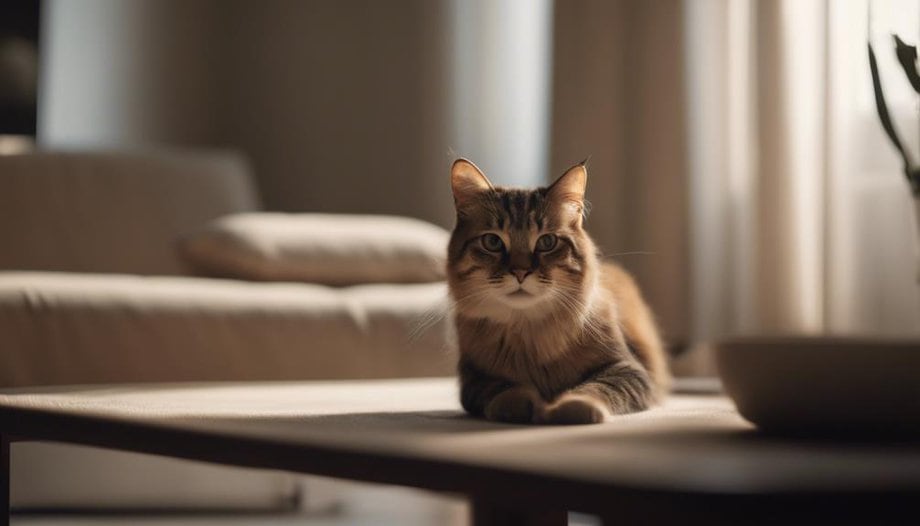
Re-socializing a cat after trauma requires a gentle and patient approach. One way to help your cat heal is by providing a safe and secure environment. This can include creating a quiet space for your cat to retreat to when feeling overwhelmed.
Another important tip is to establish a routine to give your cat a sense of predictability and stability. Consistency can help your cat feel more secure and reduce anxiety. In addition, offering plenty of positive reinforcement, such as treats, toys, and affection, can help rebuild your cat's trust in humans.
Taking the time to understand your cat's body language and signals is crucial in helping them feel safe and secure. By observing your cat's behavior, you can better anticipate their needs and avoid triggering any fears or anxieties. Remember to be patient and understanding during this process, as it may take time for your cat to fully recover and regain trust.
Understanding Cat Behavior Post-Trauma
Have you ever wondered how a traumatized cat behaves differently post-trauma? Understanding a cat's behavior after experiencing trauma is crucial in helping them re-socialize effectively. Feline communication is primarily non-verbal, making it essential to observe their body language, vocalizations, and overall demeanor to comprehend their emotional state.
Emotional triggers play a significant role in how a traumatized cat may react. These triggers can vary from loud noises, sudden movements, specific scents, or even certain objects that remind them of the traumatic event. Understanding what triggers their fear or anxiety helps in creating a safe and supportive environment for the cat.
Post-trauma, cats may exhibit behaviors such as hiding, hissing, aggressive outbursts, or excessive grooming. It's vital to approach them with patience, gentleness, and respect for their boundaries. By recognizing their signals and responding appropriately, caretakers can gradually help the cat rebuild trust and feel secure again.
Establishing a Safe Space at Home
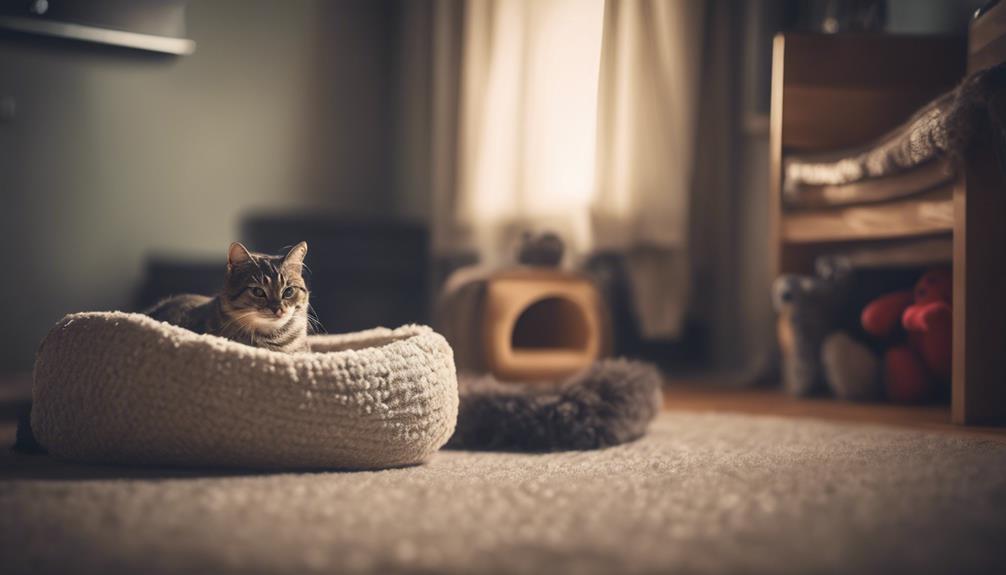
Creating a designated safe space within the home can significantly aid in the re-socialization process for a traumatized cat. This space should be carefully designed to provide comfort and security for the cat, helping them feel safe as they navigate through their healing journey. Here are some key steps to consider when creating a safe space for your feline friend:
- Creating Boundaries: Establish clear boundaries within the safe space to give the cat a sense of security and predictability. This can be achieved through the use of physical barriers like baby gates or by designating specific areas as off-limits to other pets or household members.
- Providing Comfort: Fill the safe space with familiar items such as their favorite bed, toys, and blankets. These familiar scents and objects can help soothe the cat and create a sense of comfort and belonging.
- Maintaining a Quiet Environment: Minimize loud noises and sudden movements in the safe space to create a calm and peaceful environment for the cat to retreat to when feeling overwhelmed.
- Ensuring Adequate Resources: Make sure the safe space has essential resources like food, water, and a litter box to meet the cat's basic needs without causing additional stress.
Gradual Exposure to Positive Stimuli
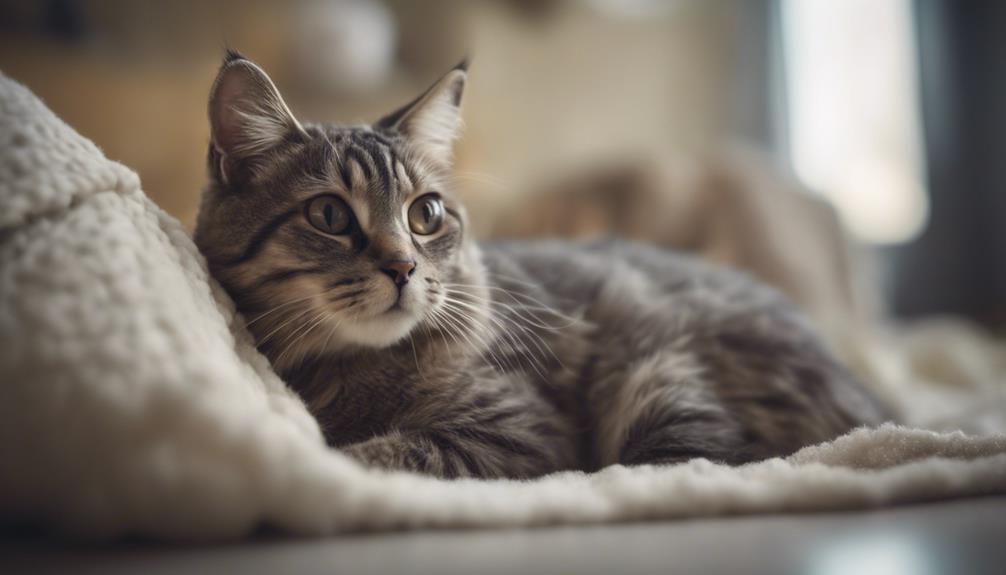
Introducing a traumatized cat to positive stimuli gradually can help them rebuild trust and confidence in their environment. Desensitization training, positive reinforcement, counterconditioning, and systematic desensitization are essential techniques in this process. Start by identifying what triggers anxiety in the cat and then gradually expose them to these triggers in a controlled and positive manner.
Positive stimuli such as treats, toys, and gentle petting can be used to create positive associations with previously fearful situations. For example, if a loud noise caused the trauma, start by playing the noise at a very low volume while offering treats or engaging in play to distract and comfort the cat. Over time, gradually increase the volume while continuing to provide positive reinforcement.
It's crucial to monitor the cat's body language for signs of distress and adjust the exposure levels accordingly. By implementing these techniques with patience and consistency, the cat can learn to feel safe and secure in their environment once again.
Implementing Play Therapy Sessions
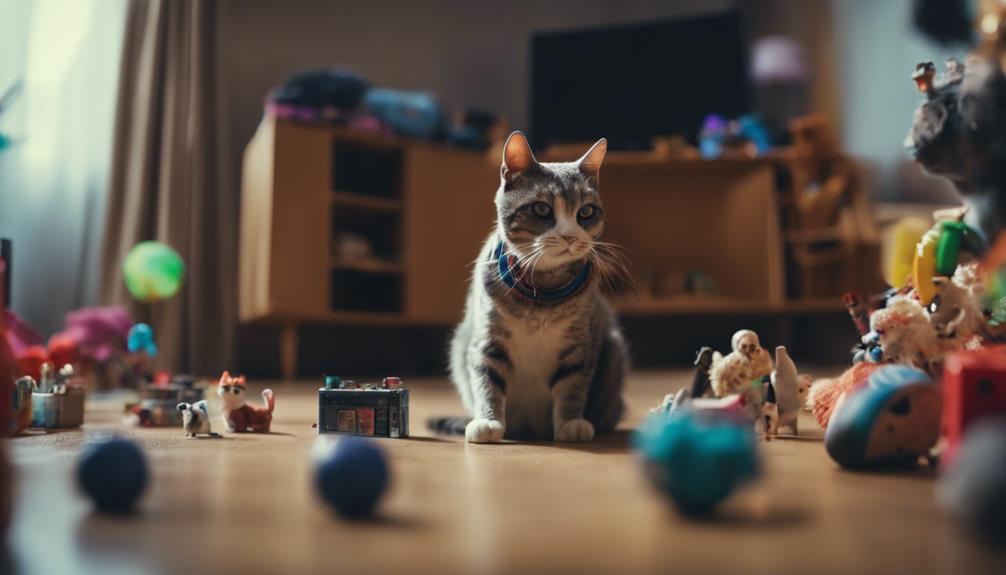
When implementing play therapy sessions for a traumatized cat, consider creating a safe and engaging environment that encourages natural behavior and positive interactions. This approach can help the cat rebuild confidence and trust while providing mental stimulation and physical activity.
To make the most of play therapy sessions, here are some key strategies to consider:
- Enrichment activities: Include activities that stimulate the cat's senses, such as puzzle feeders or interactive toys that encourage movement and exploration.
- Interactive toys: Utilize toys that promote engagement and play, like feather wands or treat-dispensing balls, to encourage the cat to interact and build positive associations.
- Rotate toys: Introduce new toys periodically to prevent boredom and maintain the cat's interest in play sessions.
- Positive reinforcement: Reward the cat with treats, praise, or affection when they engage in play or exhibit positive behaviors during the sessions.
Building Trust Through Interactive Feeding
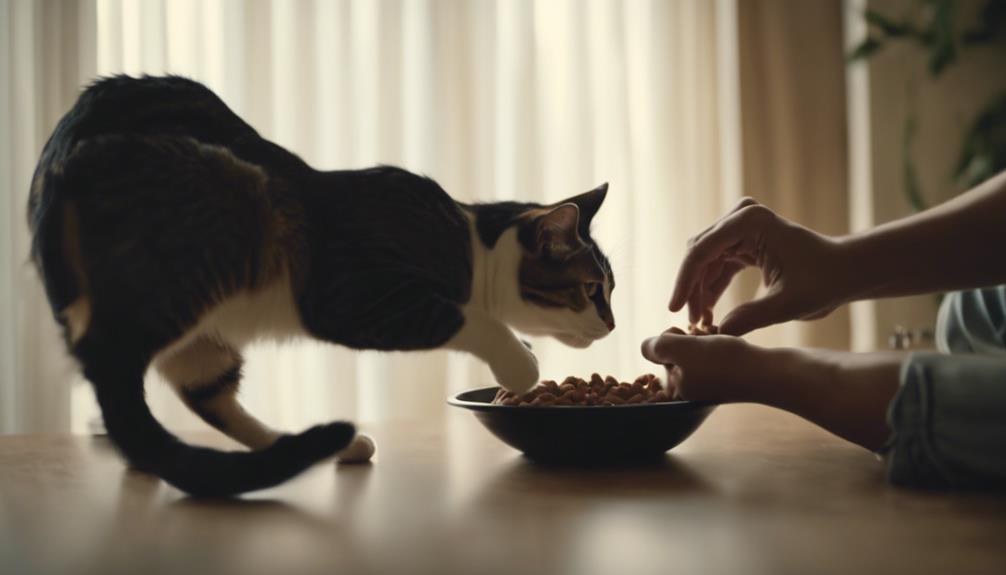
To continue aiding a traumatized cat's re-socialization, fostering trust through interactive feeding can be a valuable method to strengthen the bond between the cat and its caregiver. Interactive play during feeding time not only provides mental stimulation but also helps the cat associate positive experiences with the presence of its caregiver. This process can rebuild trust and create a sense of security for the cat, especially after a traumatic event.
During interactive feeding sessions, the caregiver can engage the cat by using puzzle feeders, food-dispensing toys, or simply by hand-feeding small portions. This interaction encourages the cat to focus on the meal while also feeling the comfort and reassurance of human presence. By consistently incorporating interactive play into feeding routines, the cat begins to associate the caregiver with feelings of safety and enjoyment.
Building trust through interactive feeding requires patience and understanding. It's essential to create a calm and inviting environment during these sessions, allowing the cat to approach at its own pace. Through these interactions, the cat can gradually learn to trust again, strengthening the bond with its caregiver.
Utilizing Calming Pheromones and Music
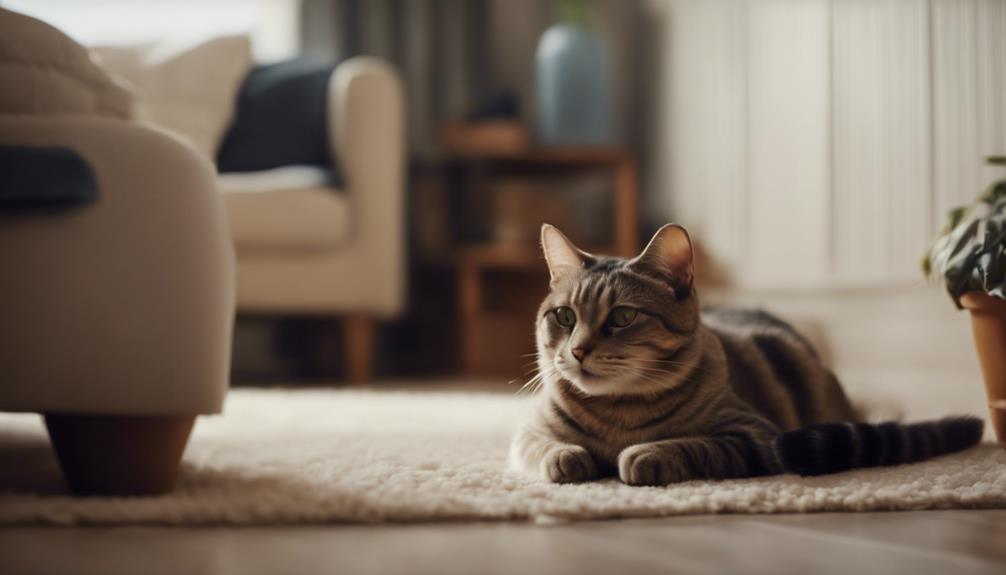
When re-socializing a traumatized cat, utilizing calming pheromones and music can be highly beneficial.
Pheromones are known to promote relaxation and reduce stress in cats, creating a more conducive environment for socialization.
Additionally, music therapy has been shown to have a soothing effect on animals, aiding in their emotional recovery.
Combining these two methods can help create a calming atmosphere that supports the cat's journey towards re-socialization.
Pheromones for Relaxation
Utilizing calming pheromones and music can significantly aid in re-socializing a traumatized cat by creating a soothing environment conducive to relaxation and trust-building. Here are some key points to consider:
- Aromatherapy benefits: Introducing calming scents like lavender or chamomile can help reduce anxiety levels in cats.
- Relaxation techniques: Implementing pheromone diffusers or sprays in the cat's environment can promote a sense of calmness.
- Creating a soothing environment: Playing soft music or sounds designed for relaxation can help lower stress levels in cats.
- Building trust: Consistency in using these calming methods can help the cat associate the environment with safety and comfort, aiding in the re-socialization process.
Music Therapy Benefits
Introducing music therapy alongside calming pheromones can enhance the relaxation and trust-building process for traumatized cats undergoing re-socialization. Music therapy provides sensory enrichment, offering cats a soothing environment that aids in stress reduction. The combination of calming pheromones and music creates a harmonious atmosphere that promotes healing and comfort.
| Benefits of Music Therapy | Description |
|---|---|
| Sensory Enrichment | Music stimulates the auditory senses, providing cats with a calming and engaging experience. |
| Stress Reduction | Soothing melodies help lower stress levels, promoting relaxation and a sense of security. |
Combining Both Methods
Combining calming pheromones with music enhances the re-socialization process for traumatized cats, fostering a harmonious environment that aids in healing and comfort. This method creates a soothing atmosphere that can significantly benefit your cat. Here are some key ways in which this combination can positively impact your feline friend:
- Reduced Anxiety: Calming pheromones and soothing music work together to lower stress levels.
- Improved Mood: The combination can lift your cat's spirits and promote a sense of well-being.
- Enhanced Relaxation: Calming pheromones and music help your cat relax, facilitating the healing process.
- Promotes Playfulness: Interactive games and enrichment activities can further engage your cat, encouraging socialization and mental stimulation.
Seeking Professional Veterinary Support
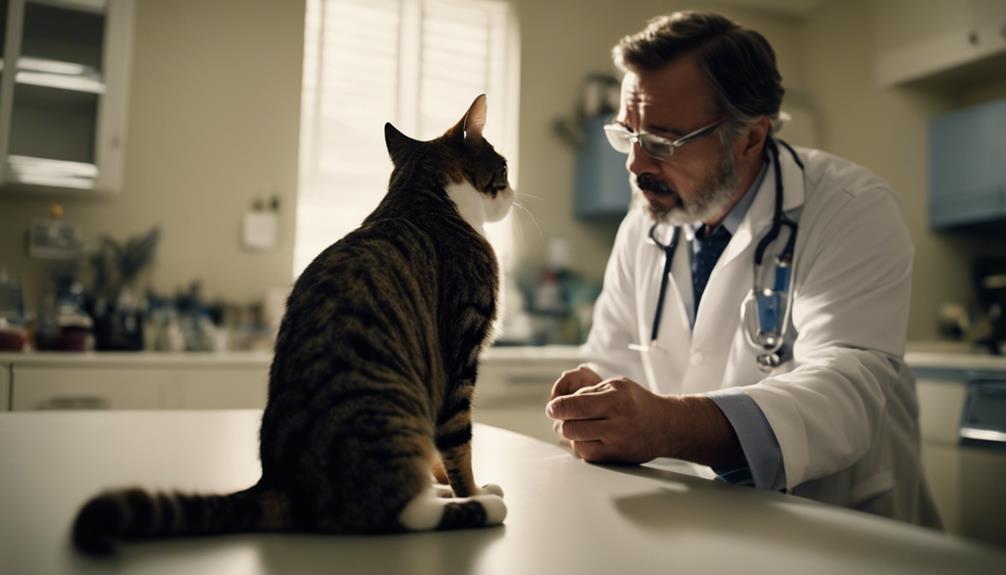
Seeking professional veterinary support is crucial in aiding a traumatized cat's recovery and ensuring their well-being. Veterinary consultation is essential to assess the cat's physical health and address any underlying medical issues that may be contributing to their behavior. A vet can also recommend behavior therapy tailored to the cat's specific needs, helping them overcome their trauma and adjust to social interactions again.
Professional guidance plays a vital role in re-socializing a cat by providing a structured plan and expert advice on how to help the cat feel safe and secure. Vets can offer emotional support not only for the cat but also for the cat owner, guiding them through the process with patience and understanding. Their expertise can make a significant difference in the cat's progress and overall well-being.
When seeking veterinary support for a traumatized cat, it's crucial to choose a professional who specializes in behavior therapy and has experience working with fearful or anxious animals. By partnering with a knowledgeable vet, cat owners can create a supportive environment that encourages positive changes and helps the cat rebuild trust and confidence.
Frequently Asked Questions
Can I Re-Socialize a Cat on My Own Without Seeking Professional Veterinary Support?
Re-socializing a cat solo without professional help can be challenging. DIY techniques like gradual exposure and positive reinforcement can help. Common mistakes include rushing the process or forcing interactions. Patience and consistency are key.
How Long Does It Typically Take for a Cat to Adjust and Re-Socialize After a Traumatic Experience?
Adjusting and re-socializing a cat after a traumatic experience can vary, akin to a delicate dance. The timeframe hinges on the cat's resilience and the support systems in place. Progress monitoring is crucial for gauging the cat's emotional recovery.
Are There Specific Breeds of Cats That May Have a Harder Time Re-Socializing After a Traumatic Experience?
Certain cat breeds may face more challenges when re-socializing after a traumatic experience. Genetic influences can impact their ability to recover. Breeds like Siamese, Persians, and Bengals are known for being more sensitive, needing patience and understanding.
Is It Possible for a Cat to Regress in Their Progress During the Re-Socialization Process?
Yes, it is possible for a cat to regress in their progress during the re-socialization process. Factors like trust building, behavioral cues, environmental enrichment, and social interactions play crucial roles in helping cats recover and adapt.
How Can I Tell if My Cat Is Not Responding Positively to the Re-Socialization Techniques and May Need a Different Approach?
If a cat is not responding positively to re-socialization techniques, observing body language and behavioral cues is crucial. Bonding techniques can help build trust. If progress stalls, a different approach may be needed to ensure the cat's well-being and comfort.











